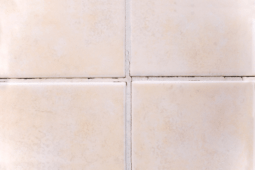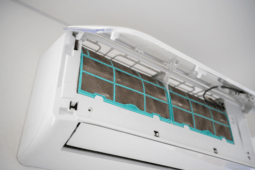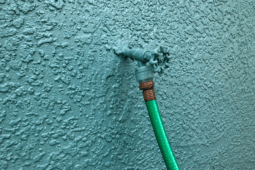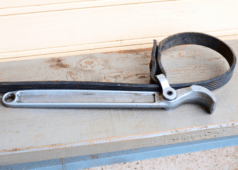DIY Terms and Acronyms You Need to Know
When you set out to do a DIY project, it’s likely that you’ll be seeking out the help of the internet, a book, or even a friend. In any of these spaces, you’re sure to find some terms that may be unfamiliar to you. DIY projects tend to be written in their own language and to get the project done right, you need to be fluent.
If you’re new to DIY, then some terms may sound familiar, but not mean anything to you. That’s okay. Learning a language takes time and most importantly, it takes determination. Through your DIY practice, you’ll start to pick up more and more terms and acronyms. Soon it will be second nature.
To help you out in your language-learning journey, we’ve put together a short list of some of the more popular DIY terms that can help you out on any project.
Tools and Materials
PVC – Polyvinyl chloride. It’s one that you’re likely to be familiar with, but never know what it stands for. This piping is going to become familiar quickly when taking on any construction project with plumbing involved.
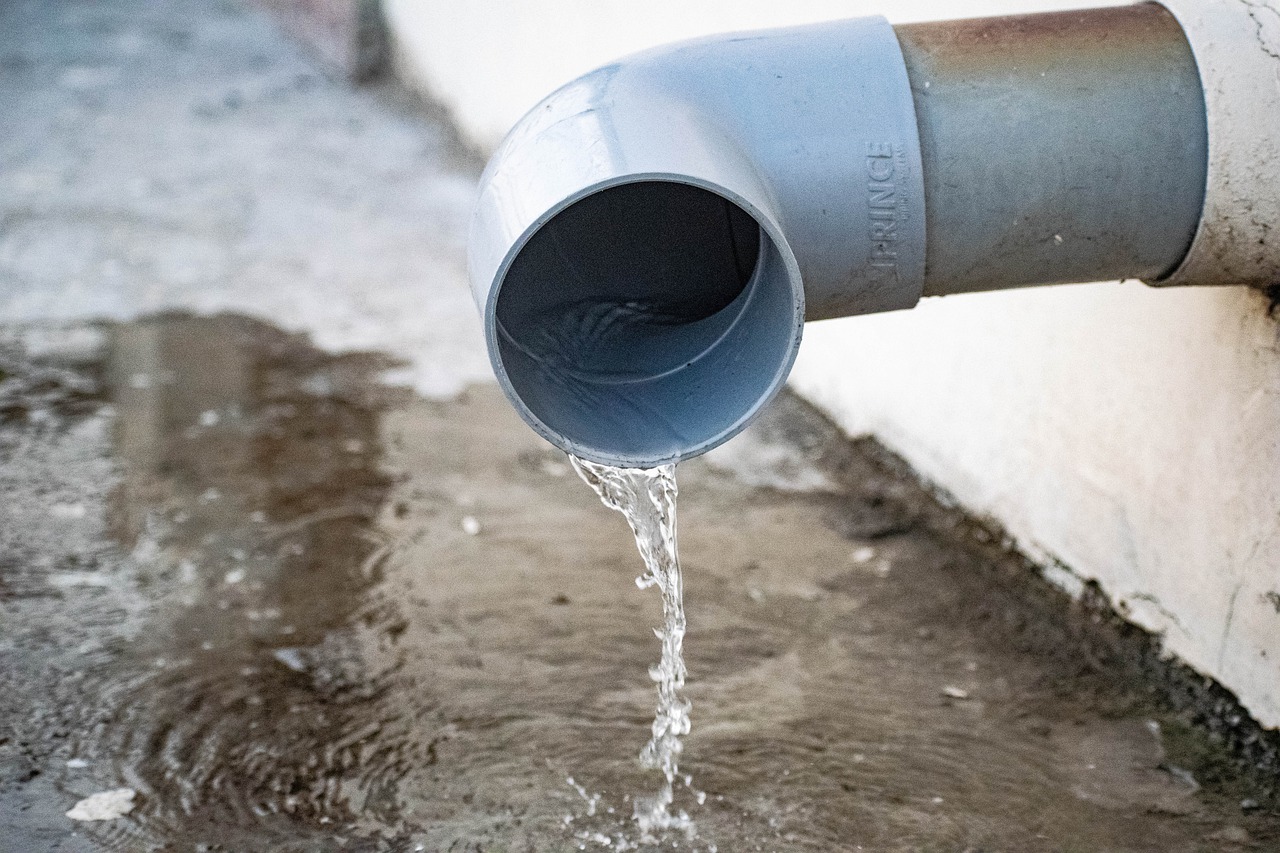
WD-40 – It took them 40 attempts to get this Water Displacement product right. Now, when you have something that won’t move when it’s supposed to, you reach straight for it.
MDF – Medium Density Fiberboard is great for those trying to do some woodworking on a budget. It’s simply sawdust that’s pressed and glued together tightly. Check it out for shelving projects and even some easier floors.
Electrical
GFCI – A Ground Fault Circuit Interrupter shuts off the flow of electricity when it’s headed in the wrong direction. It’s an important acronym to know, and an even more important tool to prevent electrical mishaps.
NEC – The National Electric Code is what you must look at before starting any electrical work. It’s the only guidebook that you need.
UL – Underwriters Laboratories in Illinois is the company that inspects and tests countless products that you’re going to use during your DIY project. Seeing this label on a piece of equipment is a big stamp of approval.
AFCI – Similar to a typical circuit breaker, you’ll find an arc fault circuit interrupter inside of your fuse box at home.
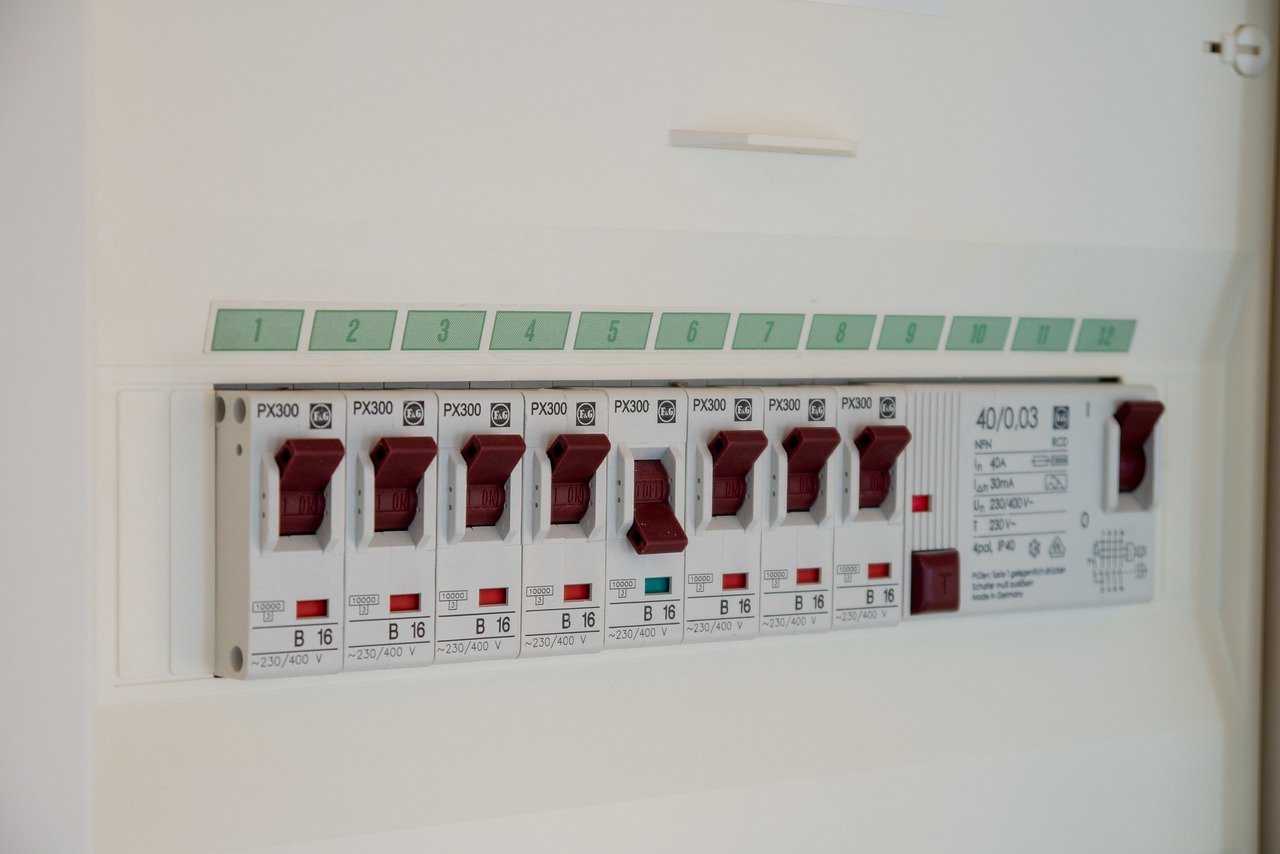
AC/DC – Great band. They took the name from the acronym because of its direct relationship to electric power. Alternating Current and Direct Current are two different types of power that you’ll find in electric. It’s inherent that you know which one you are operating with.
Mechanical
PCV – The Positive Crankcase Ventilation Valve is a part of your car that can often go overlooked. When you’re experiencing low mileage and a rough idle, it’s time to check that your PCV valve isn’t plugged.
HVAC – Heating, ventilation, and air conditioning. They’re some of the best parts of living indoors and one of the acronyms on the list you’ll hear the most often.
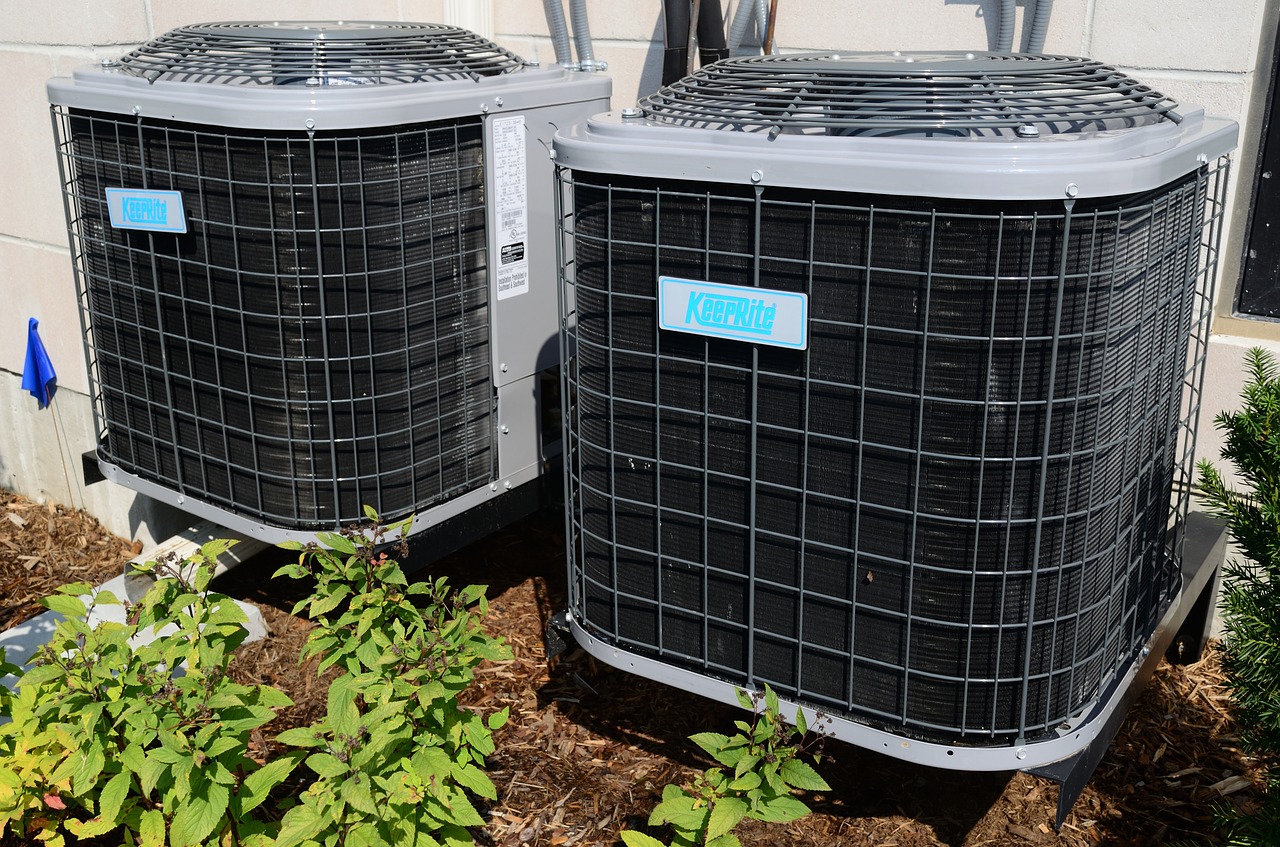
Measurements
PSI – PSI refers to the Pounds per Square Inch that air or liquid puts on the material holding it. It’s used for measuring tire pressure and water pressure most commonly.
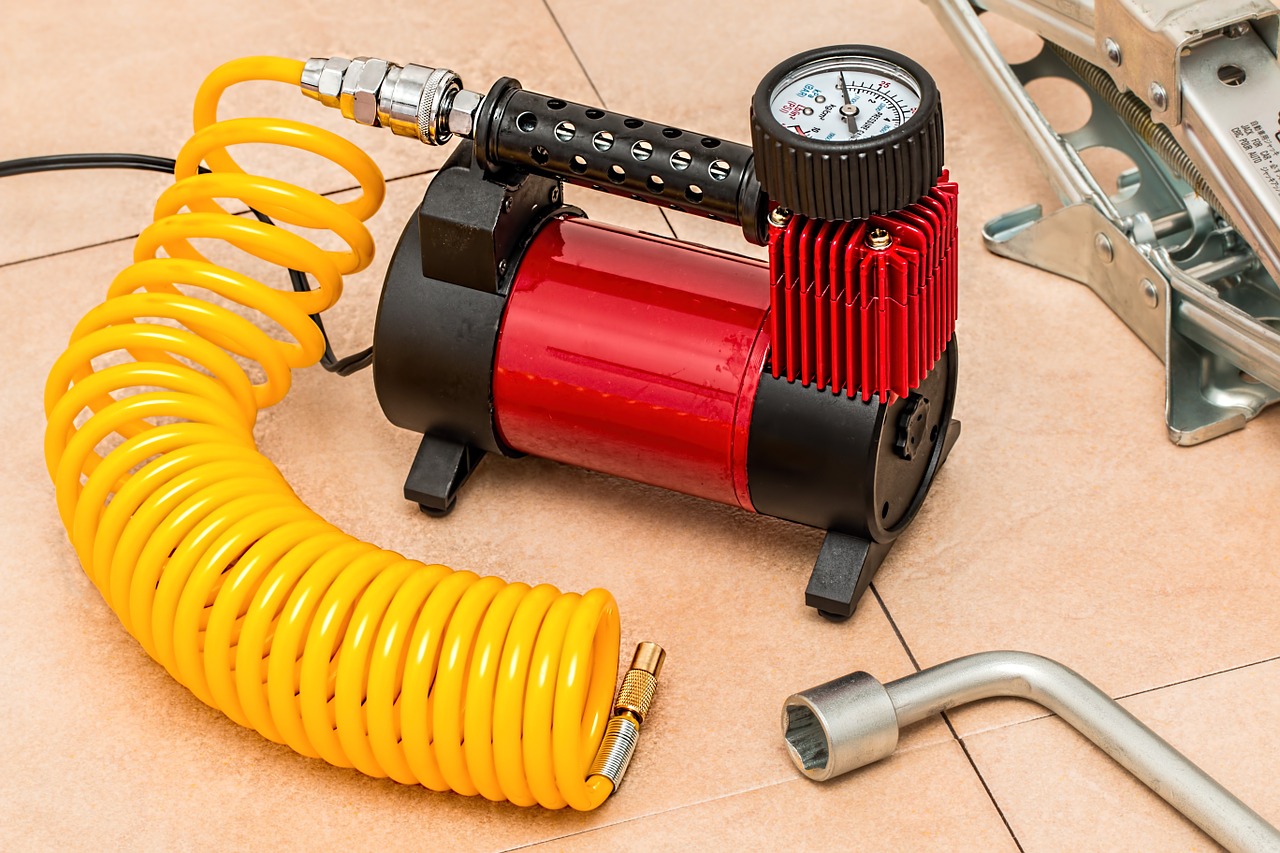
TPI – Teeth Per Inch does not reference your mouth, but how many teeth a saw has on it. This determines the materials that it’s best used with. A low TPI is best for softer woods, while cutting metal requires a much higher TPI.
Other
Wi-Fi – This one has become its own word and we’ve all heard it, but don’t often know what it means. It stands for Wireless Fidelity, a play on High Fidelity. These days it’s just synonymous with the internet.
GPF – If you’re trying to make a more sustainable bathroom, this is going to pop up often. Reducing your Gallons Per Flush is an easy way to drastically decrease your home’s water usage without much effort at all.
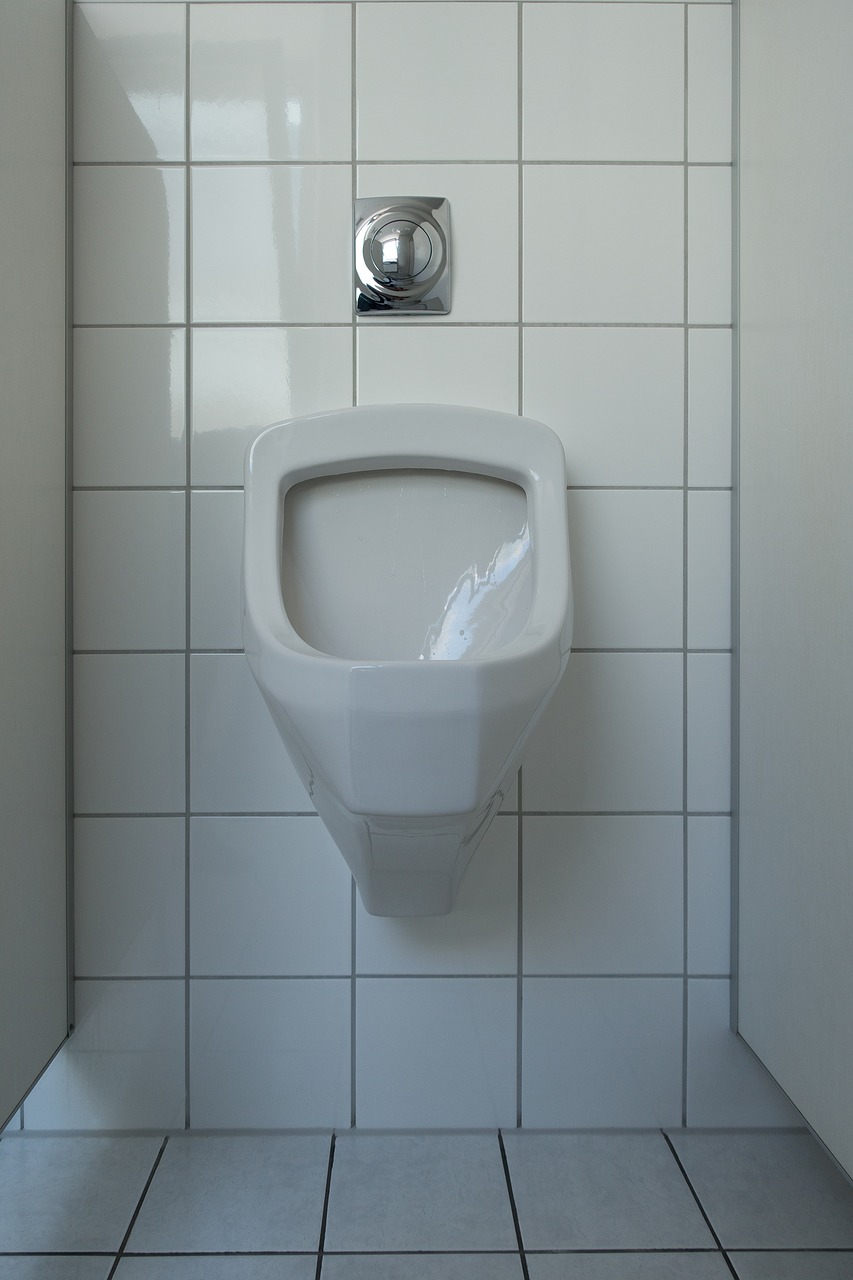
DIY – I imagine you already know it, but it’s the acronym we see the most often and use in place of words. Do It Yourself projects are huge. They’re a great way to put your own touch on something in your home, a fun hobby, and a fantastic way to save money.


